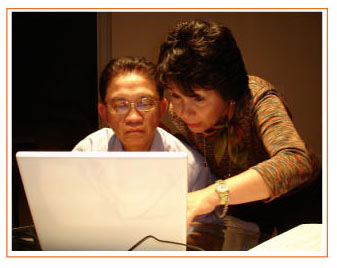
ERGONOMIC ASSESSMENTS
An Ergonomic Assessment looks at all the “Human Factors”. It looks at both the employee and the workplace in order to create a better ‘fit’ between the two; and not just physical fit, the EA looks at psychological distress levels.
An Ergonomic Assessment can be built on top of a formal Physical Demands Analysis or simply focus on assessing and solving a problem in the workplace.
PHYSICAL DEMANDS ANALYSIS

A PDA may be conducted for workplace documentation purposes; as a requirement for WSIB or IAPA; for prevention of injury or accident purposes; as part of an Ergonomic Assessment; as part of a Work Conditioning Program; or as part of the process of assisting someone on Long Term Disability return to work.
WORK CONDITION PROGRAM
After orientation and training by the WCP Trainer, the client would normally work daily on their program at a home gym or health club, with periodic check up and program adjustments checks by the WCP Trainer. Return to work would normally be expected within one to three months.
Ongoing physical therapy, psychological therapy, and counseling may also be provided along with the WCP, if required.
WORKPLACE ANALYSIS SERVICE

AWorkplace Analysis provides the Employer with an ergonomic overview of the workplace and identifies potential workplace problem areas that might cause difficulties for the employees, loss of productivity, accident or injury.The Consultant will provide a Workspace Analysis report with recommendations for further action.
CONSULTANTS
Dr. Greg Kerr is a Chiropractor with over 20 years of experience in private practice with an emphasis on assessment, treatment and management of injury and pain management as well as educating clients to make informed lifestyle and health choices. He has a keen interest in developing injury prevention and ergonomic assessment programs for industry and business. A graduate of Canadian Memorial Chiropractic College, he also has a bachelor’s degree from Wilfrid Laurier University and a Master of Science Degree in Human Nutrition/Biology from the University of Bridgeport, Connecticut. Dr. Kerr is an accomplished public speaker and has published many articles and features on health and lifestyle in numerous newspapers and magazines.
Stacy Berdan graduated from the University of Guelph with a science degree in kinesiology with a biomedical minor. She worked in rehabilitation services for a decade with experience in hospitals, WSIB clinics and private rehab clinics. Stacy has considerable experience in physical demands analysis, ergonomic assessments as well as developing return to work programs.
